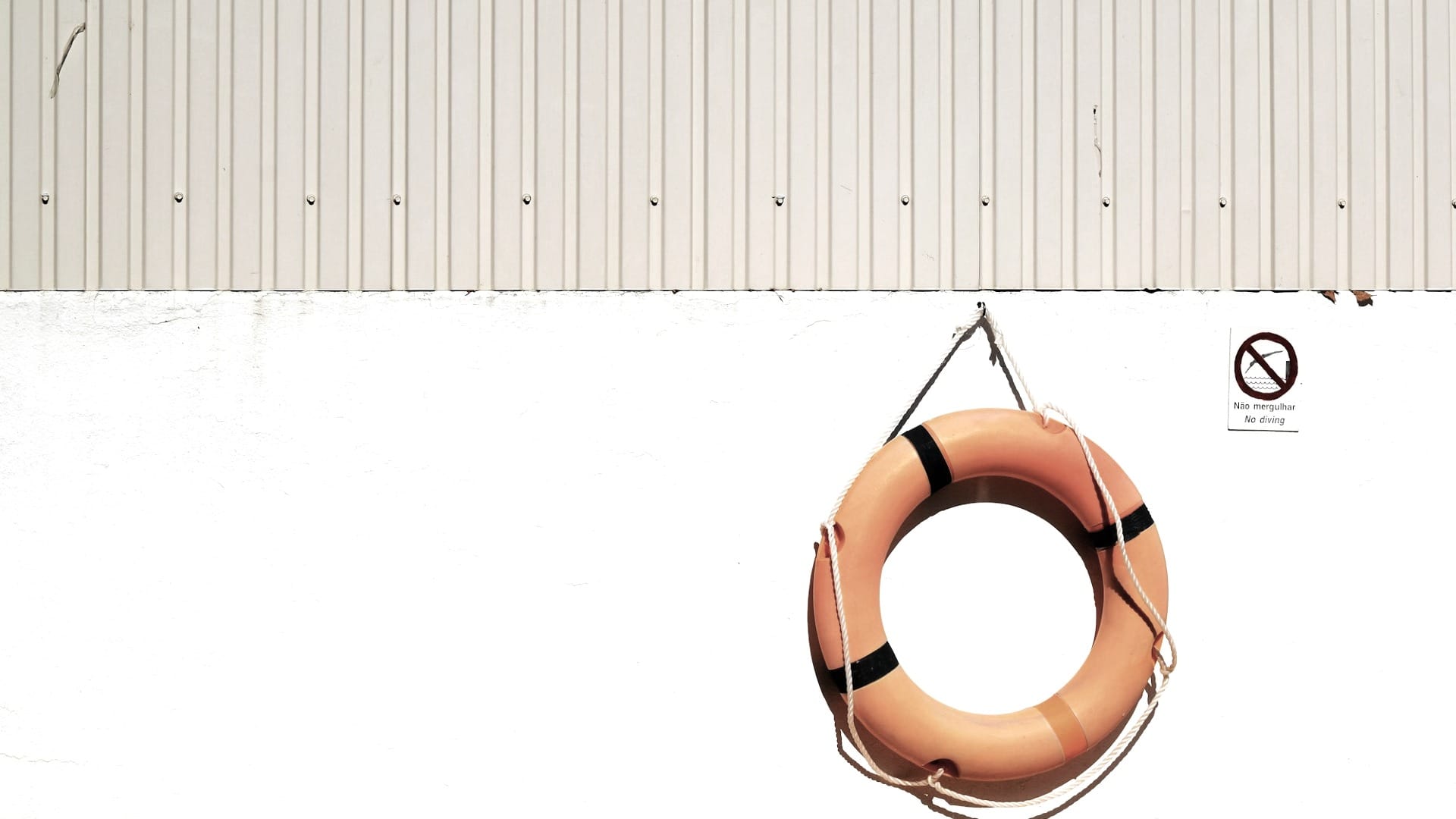When I tell you this is one of the most important newsletters you'll be getting from me, that is a huge understatement!! Some of you may be familiar with The Pareto principle, also known as the 80/20 rule. Where 80% of your effort produces 20% of the results, but conversely vice versa.
80% of the swim lessons I've taught have been around these Three Simple Steps.
Out of the near decade of teaching, 1000's of students, multiple forms, many different other steps like glides/dives, and more. All of it combined doesn't come close to the sheer amount of practice for the Three Steps. Now in case you didn't read the subtitle/TL;DR, the steps are as follows:
- Kicking Legs Straight
- Face Down
- Arms Out, Dive Back In
Why + Philosophy:
The reason why I came up with these steps almost 6 years ago, is that I found myself teaching my students the same thing over and over again. Not only in the case of training one student the same thing as the next, but even the same student had a hard time remembering the basic movements.
I realized there had to be something more I could do as an instructor to make it easier for the student to remember deeply. I created the mnemonic of the Three Steps, 1/2/3/, Legs/Face/Arms, to help you recall the full three steps. Even the words above were specifically chosen to simplify how much you needed to memorize.
Our brains like patterns, specifically three's, and the order of the steps matters greatly.
How + Physics:
One of my rules is absolutely no doggy paddle, and that is because you expend so much energy just trying to swim with that movement. When if you were to just semi-try to do proper swimming, even a failed attempt would still garner more movement with less expenditure than doggy paddle.
Let's say as you're learning the Three Steps, you find yourself in a case where you need to swim to the side to save yourself. If you follow just the very first step, of Kicking your legs straight, then THAT ALONE will move you enough to get to the side. Will it be quick? Probably not. Will it be easy? Not if you're just starting out, but will it work? Yes.
By keeping your legs straight you prevent the sinking that occurs when you bend your knees, and you propel yourself forward. Once that is done you can move onto the next step: Face down. Your spine is your worst enemy in the water, as once you look up, then your body goes down. There is only one stroke where you look up, and even for that one I'd argue don't do it often. When you are swimming, and you look up; Not only does it put a level of discomfort in the back of your neck, but you also force your spine to go down. Even if you kick perfectly you're still gonna sink.
Finally, the last layer, the arms out then dive back in. With your legs and face steps you align your body to be parallel to the floor/water. Once you add your arms to the mix, then you can greatly accelerate your movement.
It doesn't necessarily work right off the bat, as you have to be doing three things at once.
What + Psychology:
Human beings aren't multitaskers, for we are able to switch between tasks extremely quickly. However we cannot do more than one thing at once. Meaning you cannot do all three steps at once, at least consciously! Eventually depending on how much you practice, and how quickly you learn. Your muscles will start to remember, and get that neuromuscular connection.
This is why I created the Three Steps, so that when you are IN THE MOMENT. You can recall the legs, face, arms, and correct anything wrong by yourself. Yes, having an instructor will supremely help you accelerate your deliberate practice. Although doing it yourself will help you learn more.
If you noticed though I did not say anything about breathing in these three steps, for this is purely for the movement. Swimming isn't about breathing, it is the form of moving in the water. Breathing is something we have to add on top of it. However if you do not keep your Three Steps perfect while swimming, then you will not be able to successfully breathe. Hence why this comes first, and we will discuss breathing later.
The First Part to a Vast System
I can't help but look at patterns, and create systems from those patterns. I take a very philosophical approach to swimming, through the lens of the physics, and I take into account your psychology all at the same time. It is almost like a three step system in my head when teaching.
The crazy thing is that every person is different, their "P" that they need most is always different. Which means the Three P's are always different too. Depending on which "P" of swimming you are coming from, that will change how YOU learn the Three Simple Steps of swimming.
Since I won't be there in person with you, then I need you to think about what are you having the most trouble with? You can leave a reply on Substack, or reply to the email, and I'll happily get back to you.
Disclaimer:
This is advice for people to level up their swimming, or perhaps get started in the first place. While you swim you should make sure you are doing so in a public facility with a lifeguard on duty for safety.
![Official Website for Dustin Miller PolyInnovator [LLC]](https://polyinnovator.space/content/images/2025/03/polyinnovator-logo-2024.png)











